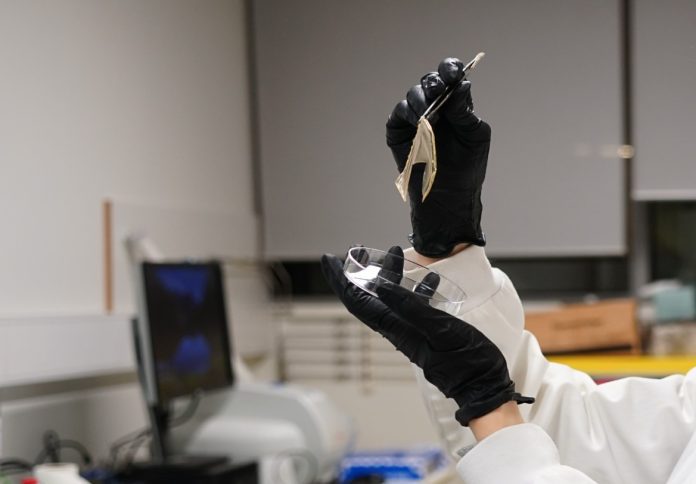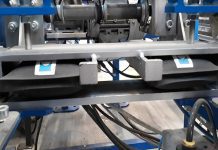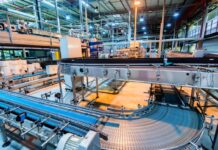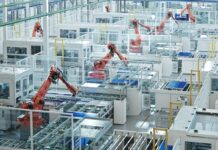
Engineers from Monash University have developed a new type of water-based flow battery that could help Australian households store rooftop solar energy more safely, efficiently, and affordably than current lithium-ion systems.
The next-generation “organic flow battery” features a breakthrough membrane design that allows for faster charging speeds without compromising safety or performance.
The innovation, led by PhD candidate Wanqiao Liang from Monash’s Department of Materials Science and Engineering, is seen as a potential game changer for residential and mid-scale energy storage, the university said in a news release.
“We’ve taken a safe, affordable chemistry and made it fast enough to capture rooftop solar in real time,” Liang said. “It opens the door to systems that are not only cheaper, but also safer and simpler to scale.”
Flow batteries store energy in liquid electrolytes rather than solid materials, making them inherently safer, easier to scale, and potentially less expensive to manufacture.
However, traditional versions have largely been used in industrial-scale applications due to their size and slower charge speeds. Monash’s new membrane design addresses these limitations, improving ion selectivity and enabling high-speed operation.
“Our new membrane achieves this balance, allowing fast, stable operation even at high current densities,” Liang said.
“We outperformed the industry-standard Nafion membrane in both speed and stability—running 600 high-current cycles with virtually no capacity loss.”
While several companies are exploring flow battery technologies, Monash’s design stands out for its combination of safety, affordability, and high performance.
The battery uses non-toxic, non-flammable materials and avoids critical minerals like lithium or cobalt, relying instead on more abundant and sustainable inputs.
“This is the kind of battery you’d want in your garage,” Liang said. “It’s made from abundant materials, performs reliably, and is well suited for sunny days when rooftop solar output peaks.”
The research team is currently 3D printing prototype systems and testing them in real-world conditions, with hopes of bringing the technology to market within a few years.
“If the prototypes keep performing the way we expect, this could be on the market in a few years’ time,” Liang said.
The study, published in Angewandte Chemie, outlines how the new membrane design acts like “adding lanes to a highway,” enabling faster flow of ions and contributing to longer battery life and improved performance.



















